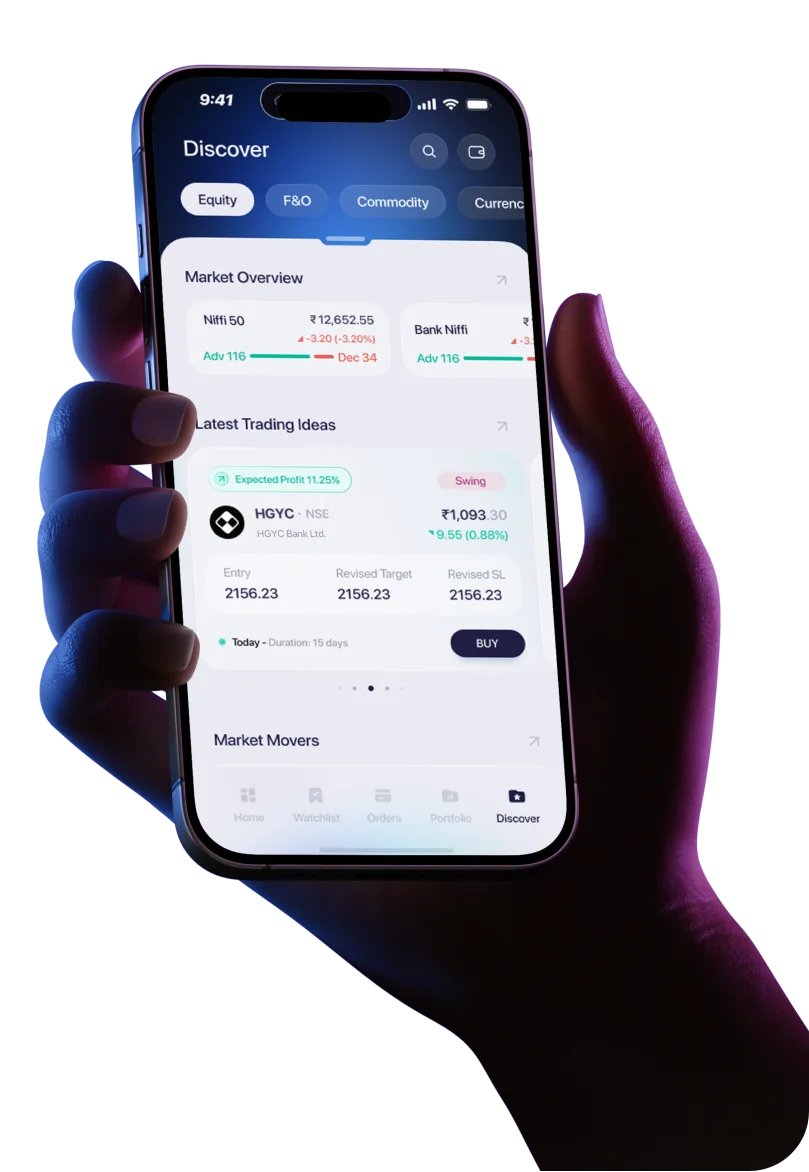
- Financial Statement, including standalone and consolidated
- Auditors report
- Chairpersons statement
- Corporate Governance information
- Directors Report
- Market price of the company’s stock and dividends that are paid out
- A brief description of the company’s business In recent years
- Management discussion and analysis (MDA) of the business’s financial condition and the results that the company has posted in the previous year.
- Operating and financial review
- General description of the industry or industries in which the company is involved
- Balance Sheet
- Profit and Loss statement
- Cash flow statement
- Statement of changes in equity
- Notes to the financial statements
- Accounting policy
- Other features.
Listed companies are required to file their Annual Reports within 21 days from the date of conduct of the Annual General Meeting which has to be conducted as per Companies Act 2013 within six month from the date of financial year end. The Annual reports can now be sent to the registered shareholders through electronic form in their emails. Where can Investors access Annual Reports online? Every shareholder of a listed company is mandatorily required to be sent the annual report. Most companies today send an electronic copy of the Annual report on the registered email addresses of the shareholders. To access a listed companies annual report, an investor must go to the website of the company, head to the Investor relations section. You shall be able to find the annual reports under the Financial Reporting/Shareholders Information/Annual Report/Reports and Filings head. Lets take an example of how to find an annual report. For instance, accessing the Infosys Annual Report Go to the Infosys website - www.infosys.com And go to the Investors Section
[caption id="attachment_1236" align="aligncenter" width="2560"] Accessing an Annual Report Example[/caption]
Accessing an Annual Report Example[/caption]Check the Reports and Filings Head and Download the latest Annual Report PDF.
[caption id="attachment_1237" align="aligncenter" width="2560"] Annual Report PDF Example[/caption]
Annual Report PDF Example[/caption]4 things that an Investor should look out for an in Annual Report Companies usually report their earning and financials on a quarterly basis. However, quarterly reporting often only comprises of limited information such as P&L and Balance sheets. More detailed and exhaustive information is often put into the annual disclosure documents i.e. the Annual Reports.
- Auditor Qualifications on the reporting of numbers
- In case the auditors of the company have any observations w.r.t. to the reporting practices of the company, the same shall be included in the Audit Report section of the Annual report. Any alarming qualification can act as a red flag for investors
- Management Discussion & Analysis - Risk Factors and Growth Guidances
- Managements usually highlight the risks and growth guidances to the business in the MD&A section of the Annual Report. Investors must keep a close eye on what the managements have to say about the operating risk environment and accordingly account for them in the fundamental analysis process.
- Related Party Transactions
- Since the Annual report is most comprehensive document that is published by a company in the year, it also summarises all related party transactions with the directors, promoters, etc. A review of the related party transactions can help investors understand the integrity of the managements and promoters and assess if any money is being siphoned off from the business
- Financial Statements specifically Cash Flow Statements
- Businesses survive to generate profits and the quality of profits of a business is best judged by the Cash generated by the business. Annual reports disclose cash flow statements in detail at a consolidated and standalone level beside the P&L and Balance Sheet. Investors should look out for a red flag or ask questions if a company despite constant profitability is unable to generate free cash flow and more importantly operating free cash flow. A high profit number but negative operating cash flow number implies constant investment in working capital which requires further detailed investigation.
Target Audience for Annual Reports: Current shareholders and potential investors remain the primary audience for annual reports. Other than this the audience includes customers, suppliers and regulatory and government bodies. These days an Annual Report is more seen as a marketing tool. Many medium- large sized companies spend a lot of money to make the annual report attractive and informative. Every shareholder and prospective investor must read the Annual Report before investing as it give a complete idea of what the company is doing.




 Easy & quick
Easy & quick
Leave A Comment?